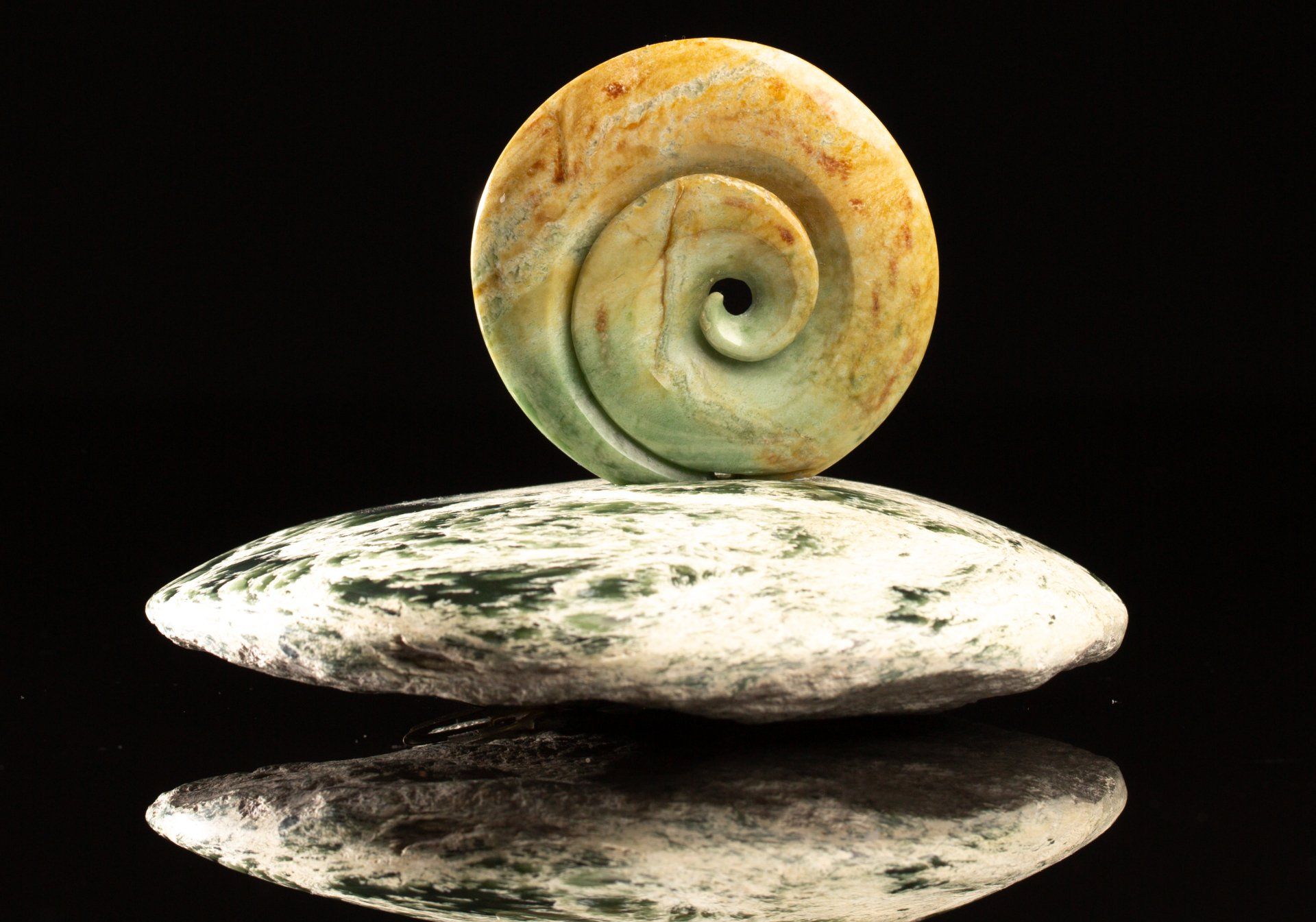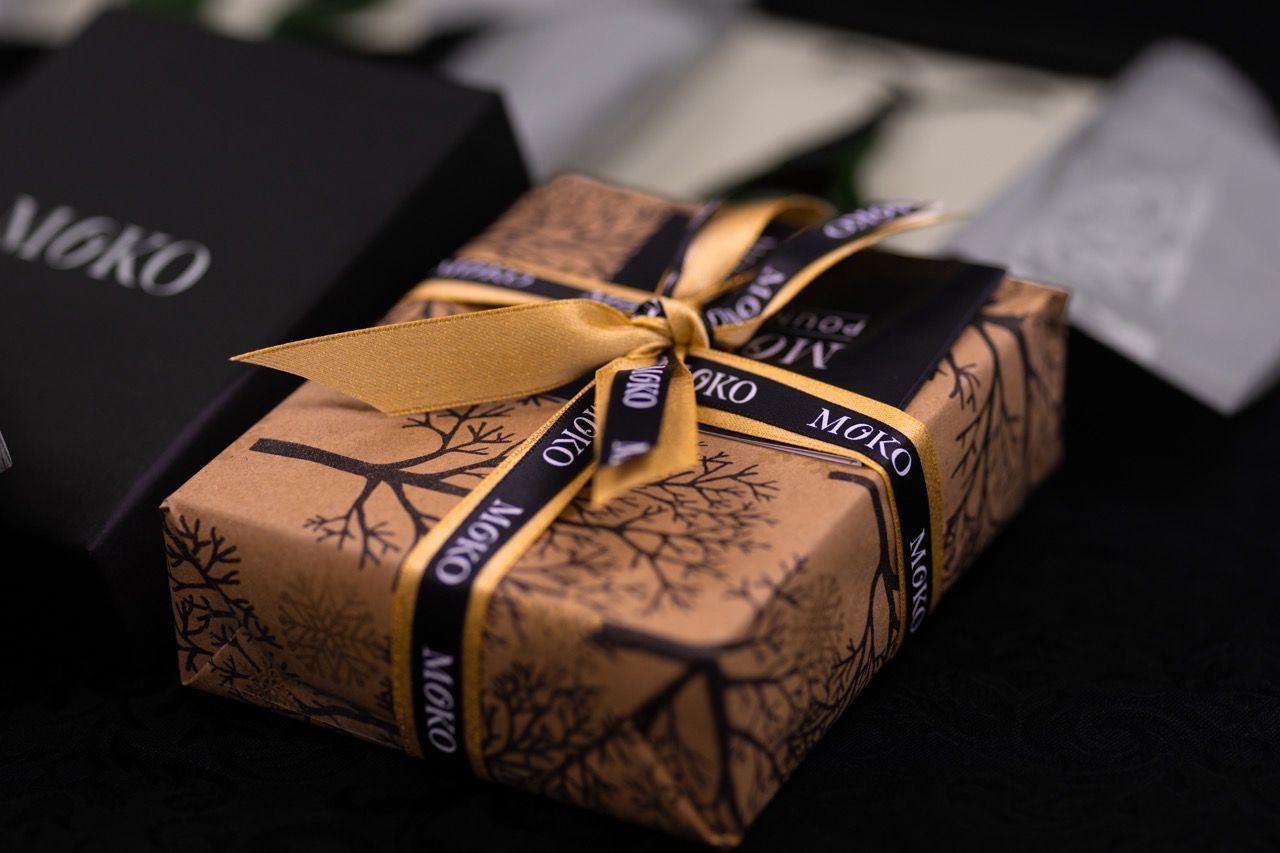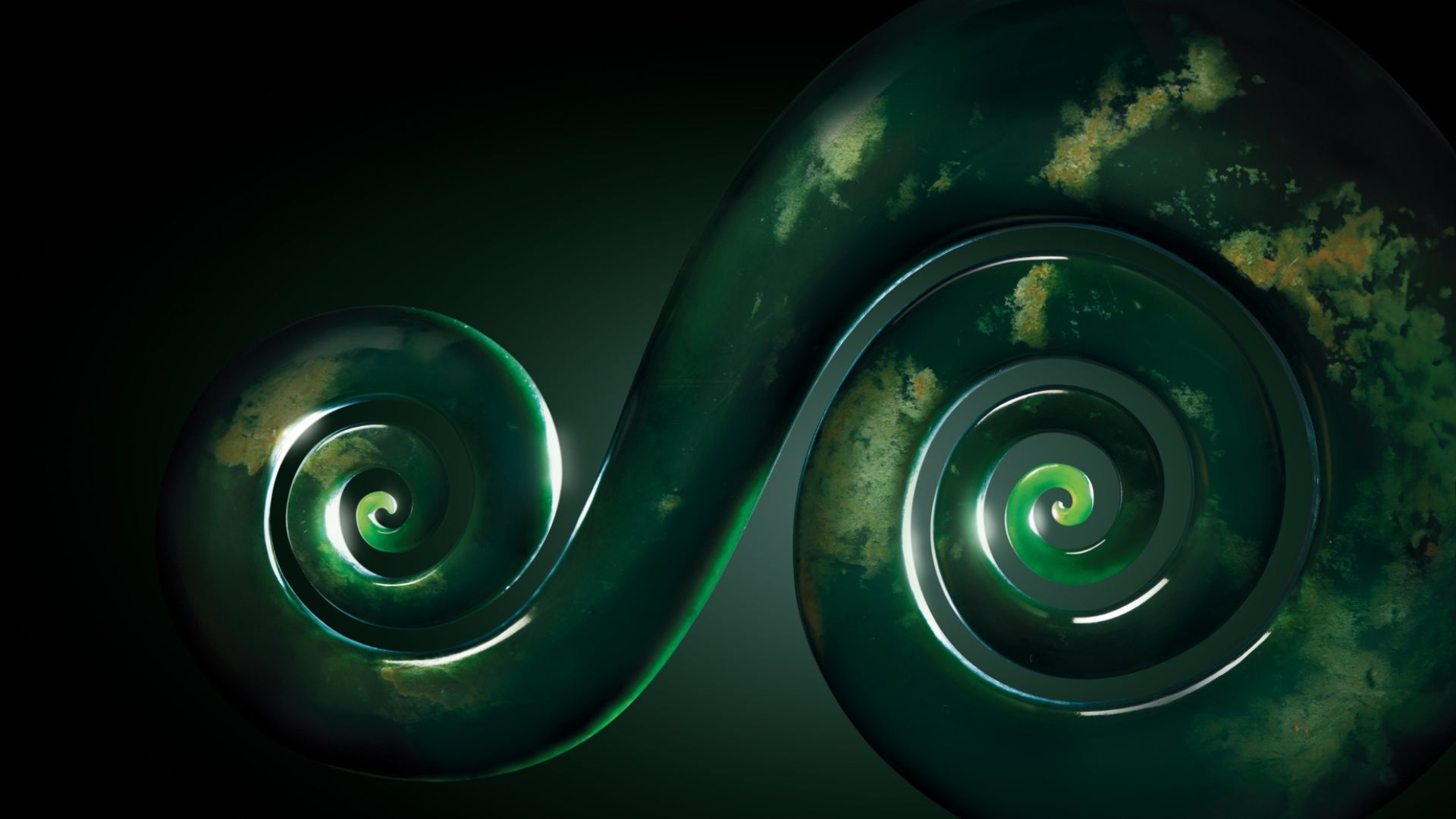
What Exactly is Pounamu?
There are a few interesting facts about pounamu that make it what it is, and we may be biased, but we think it’s all pretty interesting stuff. Let’s start with the name. Pounamu is a Māori word used to describe greenstone, the colour green, and early glass bottles which were coloured green. It is unclear as to the exact origin of the word, but ‘pou’ carries connotations of strength and importance which is relevant to the way that pounamu is regarded in Māori culture. Although greenstone is also known as jade, and is found in other parts of the world, pounamu is specific to greenstone found in New Zealand and describes a variety of different colours of stone, not just green. Check out our blog about the colours of pounamu to see what we mean!

Now let’s look at the science. What we know about pounamu/greenstone and its origins from the Mother Earth is that it is a metamorphic rock - that is to say rock which has been formed through tremendous heat and pressure - and evidently came into contact with various minerals which gave it certain properties.
Geologists have been able to determine that a series of events which defined certain eras in geological history resulted in rock formations which had been lifted, depressed, mixed with other rocks, enveloped in swamplands, covered in limestone and heated under pressure (not necessarily in that order). Given the unique combination of locations - being South Westland as we know it today - and surrounding materials and minerals, all of this rocky business resulted in Pounamu. Lucky us, we say.
Bands of pounamu formations, which tend to run in a north-easterly direction, consist mainly of dunite and similar olivine rock, serpentine, talc formations and actinolite. The addition of other minerals explains why these formations are often referred to as a mineral belt.
Pounamu/greenstone is classified as a semi-precious gemstone. This is because it has some of the qualities of precious gemstones, but at the end of the day… it’s still a rock. A beautiful one at that!
The connection to Te Ao Māori (the Māori world) is of huge importance in Aotearoa / New Zealand.
Māori legend features the story of Poutini - a taniwha (a water spirit / mythical creature) that swims up and down the West Coast of the South Island, providing guardianship to its people. The legend states that while Poutini was swimming around the Bay of Plenty region, it came across a beautiful woman, Waitaiki, bathing. She enchanted Poutini and he kidnapped her and fled back to the West Coast with her. Waitaiki’s husband came looking for her and to ensure Poutini wouldn’t lose her, he turned her into pounamu and laid her down into the riverbeds. It is therefore believed that pounamu carries a strong, feminine energy and ultimate guardianship for its wearers.
In modern history, pounamu was used by Māori as tools because they could cut and carve it into sharp blades and hammers. When these tools had lost their efficacy, they became family heirlooms, and the smaller pieces were adored as jewellery: a statement of pride and mana for the person lucky enough to adorn it. Specifically, toki (adze) blades were carved into hei tiki forms and were gifted or traded.
Today, shapes and styles are recreated to look like the original tools they were carved to be, as well as stylised figures and more modern shapes too. Check out our blog on the shapes of pounamu to see some of the descriptions of commonly found shapes.
We often get asked what colour pounamu is better. We don’t think any colour is better than another, because they all have their own wonderful and unique qualities; from colour to imperfections, to grain in the rock. Owing to the way in which pounamu came to be, no one piece is the same. And that’s just one reason why pounamu is an incredibly precious resource in Aotearoa, New Zealand.
Māori legend features the story of Poutini - a taniwha (a water spirit / mythical creature) that swims up and down the West Coast of the South Island, providing guardianship to its people. The legend states that while Poutini was swimming around the Bay of Plenty region, it came across a beautiful woman, Waitaiki, bathing. She enchanted Poutini and he kidnapped her and fled back to the West Coast with her. Waitaiki’s husband came looking for her and to ensure Poutini wouldn’t lose her, he turned her into pounamu and laid her down into the riverbeds. It is therefore believed that pounamu carries a strong, feminine energy and ultimate guardianship for its wearers.
In modern history, pounamu was used by Māori as tools because they could cut and carve it into sharp blades and hammers. When these tools had lost their efficacy, they became family heirlooms, and the smaller pieces were adored as jewellery: a statement of pride and mana for the person lucky enough to adorn it. Specifically, toki (adze) blades were carved into hei tiki forms and were gifted or traded.
Today, shapes and styles are recreated to look like the original tools they were carved to be, as well as stylised figures and more modern shapes too. Check out our blog on the shapes of pounamu to see some of the descriptions of commonly found shapes.
We often get asked what colour pounamu is better. We don’t think any colour is better than another, because they all have their own wonderful and unique qualities; from colour to imperfections, to grain in the rock. Owing to the way in which pounamu came to be, no one piece is the same. And that’s just one reason why pounamu is an incredibly precious resource in Aotearoa, New Zealand.




